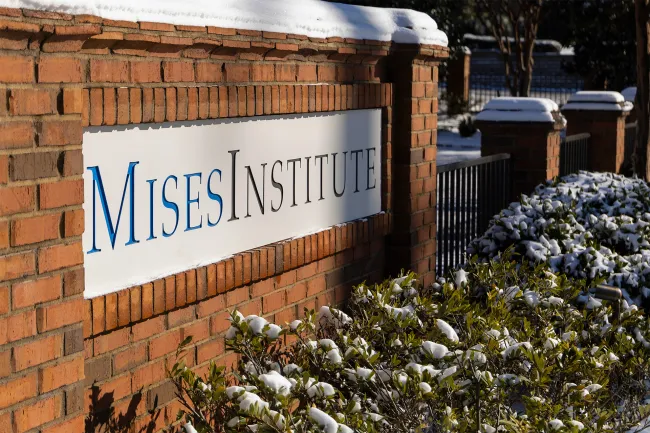Will Brazil Impeach Rousseff?
As the economy worsens, the Brazilian Congress this week announced that it will impeach the president of Brazil. Unfortunately, impeaching President Dilma Rousseff by itself will do little to fix Brazil’s economy when Brazilian politics remains dominated by anti-market forces.










